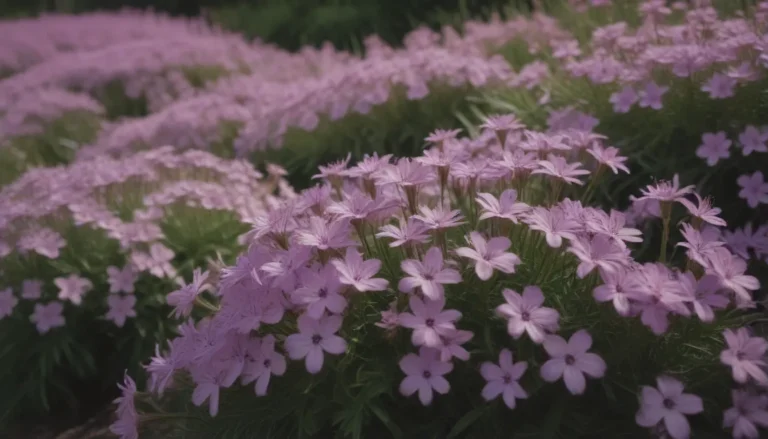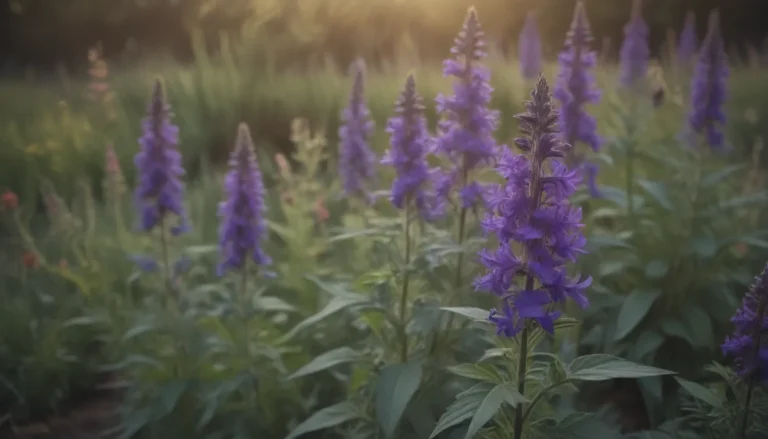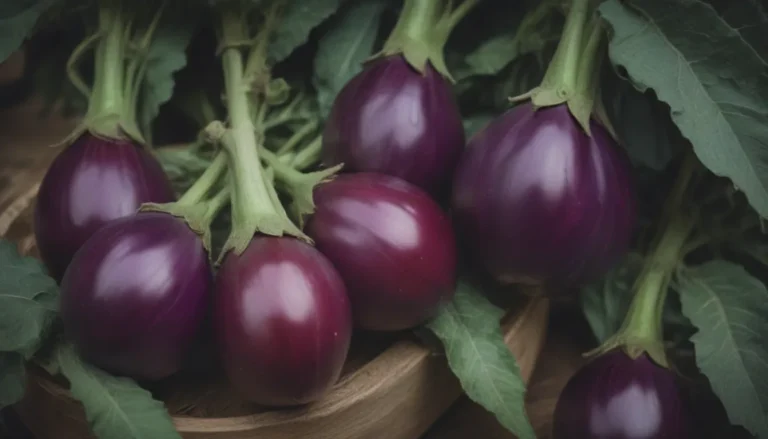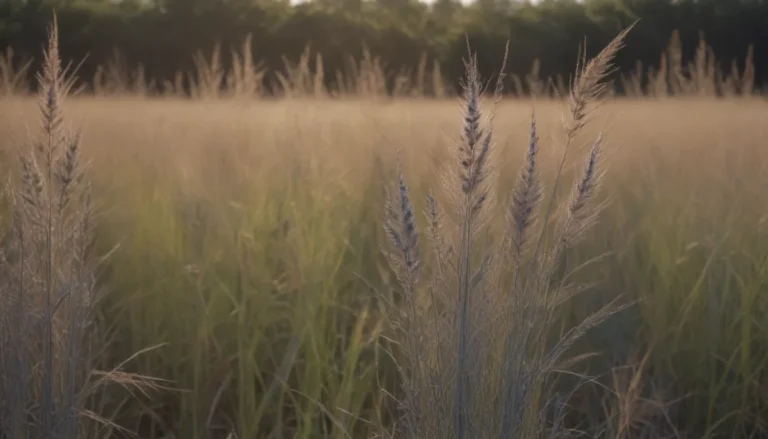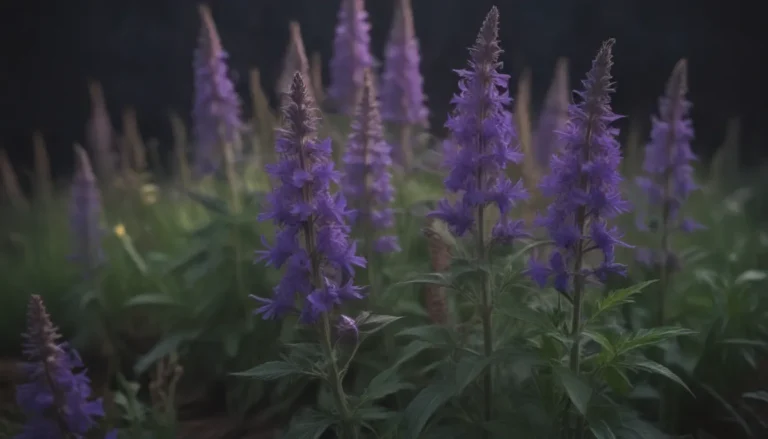Comprehensive Guide to Growing and Caring for Morning Glory

Morning glories are a beloved favorite of gardeners everywhere, known for their vibrant trumpet-shaped flowers and unique growing habits. In this in-depth guide, we will explore everything you need to know about growing and caring for morning glories in your own garden. From planting to maintenance to dealing with pests and diseases, we’ve got you covered with valuable information and helpful tips to ensure your morning glories thrive.
Introduction to Morning Glory
The common morning glory, a fast-growing annual vine native to Mexico and Central America, is a popular choice for gardeners looking to add a splash of color and beauty to their outdoor spaces. With its bright, trumpet-shaped flowers that unfurl in the morning sun, this vine is not only visually stunning but also attracts butterflies and hummingbirds to your garden.
While morning glories are easy to grow and maintain, it’s important to note that all morning glory species are toxic to people and pets. This means that precautions should be taken when planting and maintaining these vines in your garden.
Morning Glory Care Tips
Light
One of the most important factors to consider when growing morning glories is sunlight. Plant your morning glory in a spot that receives full sun, at least 6 to 8 hours a day. This will ensure that the flowers open fully and provide you with an extended bloom time.
Soil
Morning glories thrive in moist, well-draining soil with a pH of 6.0 to 6.8. While they can grow in a variety of soil types, they prefer soil that is not overly rich in organic matter. If your vines appear to be struggling, consider amending the soil to provide them with the nutrients they need.
Water
Regular watering is essential for healthy morning glories. Provide your vines with about one inch of water per week, especially during the growing season. Mulching around the roots can help retain moisture and keep your plants hydrated.
Temperature and Humidity
Morning glories are hardy vines that can tolerate both cold and warm temperatures. They can even survive the first frost and continue to bloom. While they have no specific humidity requirements, they thrive in a variety of climates and can adapt to different conditions.
Fertilizer
Feed your morning glories with a low-nitrogen fertilizer every four to five weeks during the growing season. If you notice a lack of blooms, try using a fertilizer high in phosphorous to encourage flowering.
How to Grow Morning Glory From Seed
Whether you start your morning glory seeds indoors or direct-sow them in the garden, proper germination is key to success. Morning glory seeds have a hard seed coat that can be scarified to help them sprout faster. Rubbing the seeds between sandpaper and soaking them overnight can improve germination rates.
When planting morning glory seeds, sow them about 1/4 inch deep and keep the soil moist until they sprout. Morning glories do well when spaced a few inches apart, and can be planted in rows or around trellises for support.
Morning Glory Species and Varieties
In addition to the common morning glory, there are other Ipomoea species with similar appeal. Some popular varieties include:
- I. purpurea ‘Star of Yelta’
- I. purpurea ‘Kniola’s Black’
- I. tricolor ‘Heavenly Blue’
- I. alba
- Ipomoea x multifida
These varieties offer a range of colors and characteristics to choose from, allowing you to customize your garden with different types of morning glories.
Common Pests and Diseases
While morning glories are relatively low-maintenance, they can be susceptible to fungal diseases such as leaf spot, stem rot, and white blister in wet conditions. Additionally, wildlife like deer, rabbits, and groundhogs may feed on morning glory leaves, causing damage to the plants.
To protect your morning glories from pests and diseases, consider fencing around the lower vines to deter animals from accessing the plants. It’s also important to keep children and pets away from morning glory plants due to their toxic nature.
Additional Resources
- Safe and Poisonous Garden Plants. University of California.
- Toxic and Non-Toxic Plants: Morning Glory. ASPCA.
By following these tips and guidelines, you can successfully grow and care for morning glories in your garden. With their stunning flowers and low maintenance requirements, morning glories are sure to add beauty and charm to your outdoor space. Happy gardening!
